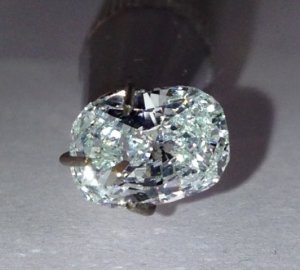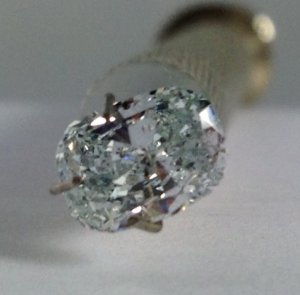kroshka
Brilliant_Rock
- Joined
- Jan 30, 2004
- Messages
- 566
Something interesting that I just came across that I don't think I have ever encountered before - a fancy grayish blue diamond that has a GIA report stating that the color origin is "undetermined". I've only ever seen this for green fcd's.
http://www.ebay.com/itm/GIA-1-00-Ct-RARE-Fancy-Graysih-Blue-Square-Mod-Brilliant-Natural-Diamond-/310873331311?pt=Loose_Diamonds&hash=item48617e966f
Kroshka



http://www.ebay.com/itm/GIA-1-00-Ct-RARE-Fancy-Graysih-Blue-Square-Mod-Brilliant-Natural-Diamond-/310873331311?pt=Loose_Diamonds&hash=item48617e966f
Kroshka












300x240.png)